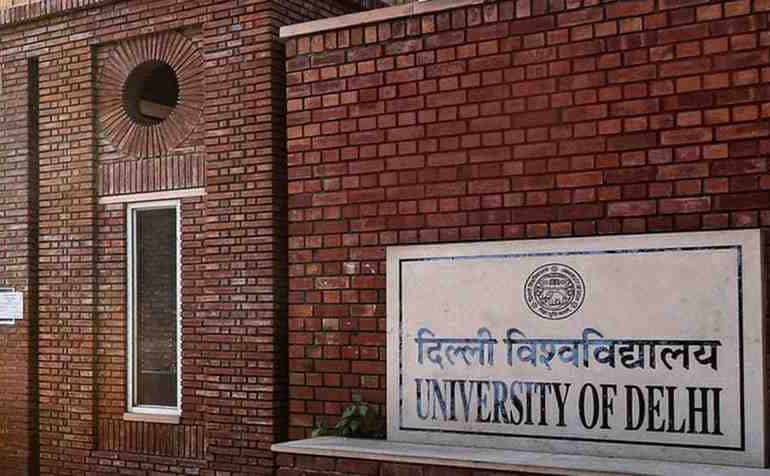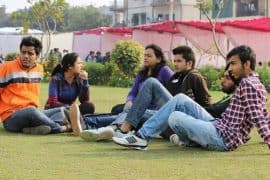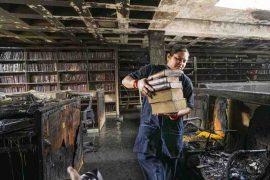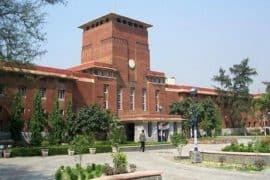Despite the Academic Council’s approval of the policy of research and supervision in regards to NEP-UGCF’s fourth year policy in DU colleges, many concerns have been raised in regards to its implementation.
As of July 5, 2025; the policy of research supervision for the fourth year of NEP-UGCF has been approved by the Academic Council amidst dissent by several elected members. According to Rudrashish Chakraborty, who is Associate Professor at the Department of English in Kirori Mal College, as well as an executive of DUTA (Delhi University Teachers’ Association) from 2023 to 2025, the poor devising of the policy is owed to multiple reasons; the first of which include the lack of infrastructure in the form of space and laboratories in colleges to conduct quality research at the undergraduate level to research supervision not being accounted for as workload for teachers, excessively burdening teachers who are already inundated with work.
Aside from these issues, the division of workload has also been a contentious topic, with the policy deciding on a stipulation of a minimum of ten students to be allotted to a teacher for research supervision. This ratio is not only too high and would therefore jeopardize the quality of research, but also make coordination difficult as it is not possible for any teacher to do justice to the research work of so many students after engaging in their own workload.
In addition to this, no funds have been allocated for research work in the fourth year of UGCF, which leaves colleges to fend for themselves. Colleges in the Delhi University circuit are being advised to mobilise funds through the Students’ Fund, which may prove to be insufficient in the long run.In terms of research, the students are to study four courses alongside writing a dissertation, which not only takes the focus away from the conduction of research, but will also lead to a reduction of quality leading to research becoming a compulsion instead of being an original, worthwhile contribution to Indian academic spaces.
One of the guidelines for research supervision expects students pursuing the fourth year to publish in a scopus-indexed journal as research outcome. Given that even teachers would find it difficult to pursue such interests within the stipulated time while balancing full-fledged studying, this unrealistic clause will discourage students from pursuing the fourth year.
Anumeha Mishra, a member of the Academic Council, has stated,
The university must refrain from applying a one-size-fits-all size model in approving projects eligible for research funding under IoE. Discipline-specific parameters must be evolved.”
In 2019, Delhi University’s colleges saw a 25% increase in student intake due to the EWS expansion. An additional surge in admissions by 20% occurred following the implementation of the Common University Entrance Test (CUET) from 2022 onwards. This move, having been undertaken along with the fourth year, comes in light of accusations of mismanagement and lack of infrastructural accommodation for the rising number of student intake every year. The absence of laboratories, reading rooms, and teacher workspaces severely undermine the programme’s feasibility. The implementation, thus, appears rushed and in the absence of structural and financial support, risks diluting the quality of education and pushing the system toward collapse.
Dr. Monami Sinha, also a member of the academic council, points out how undergraduate students currently studying seven courses per semester, including SEC and VAC, dilute the study of core subjects and awarding of credits per subject.
Read Also: Delhi University Faces Backlash for Linguistic Misrepresentation in CSAS UG Admission Form.
Image Credits: Hindustan Times
Aastha Singh











